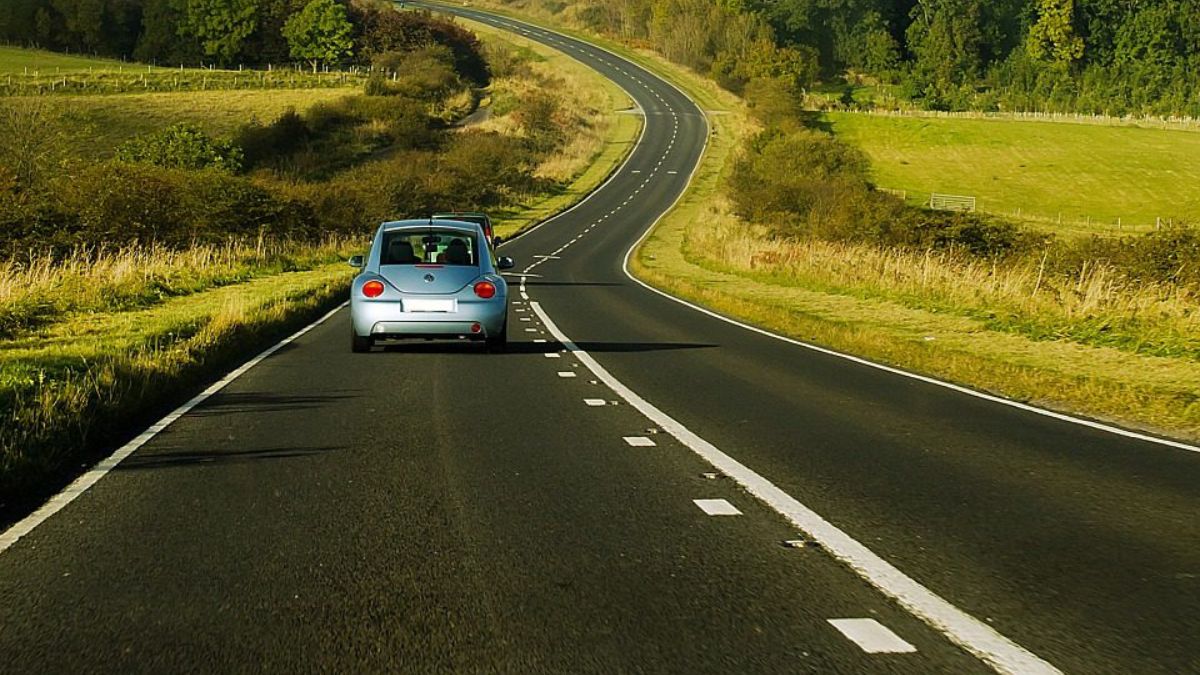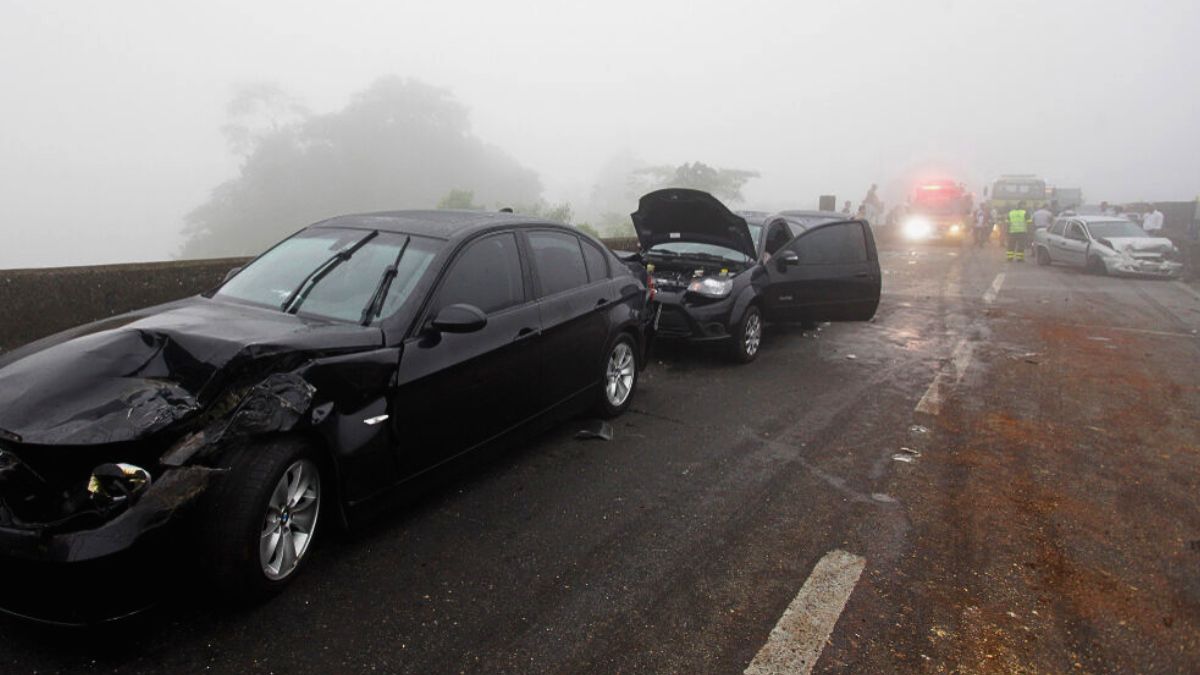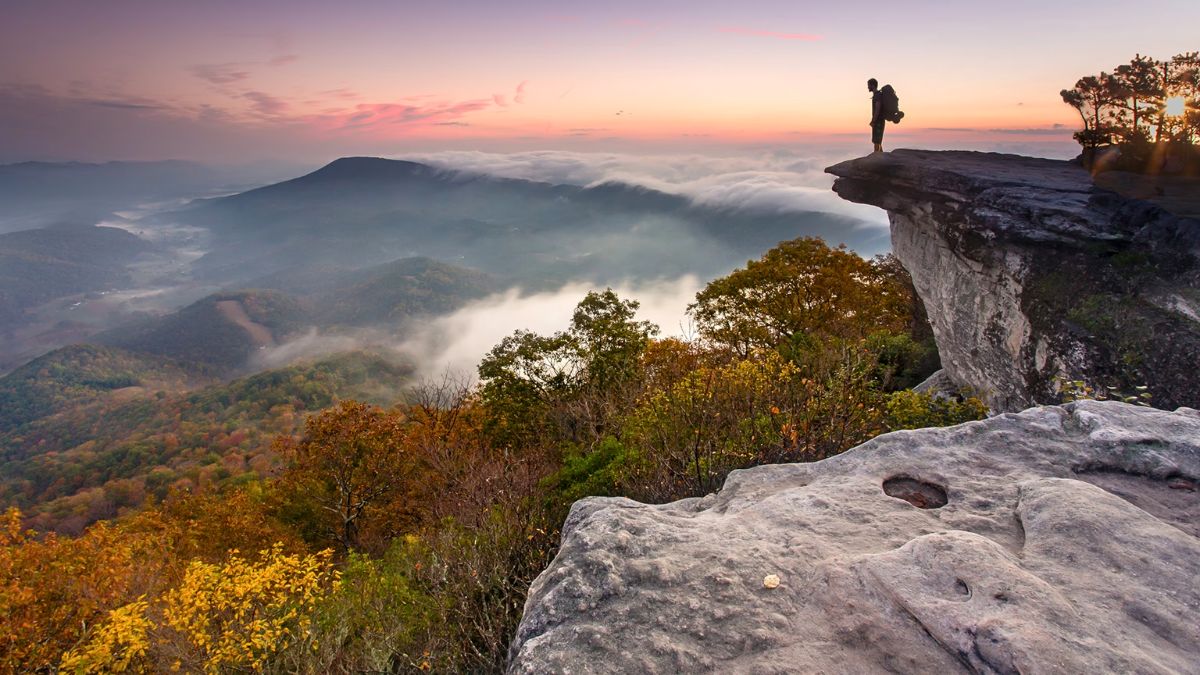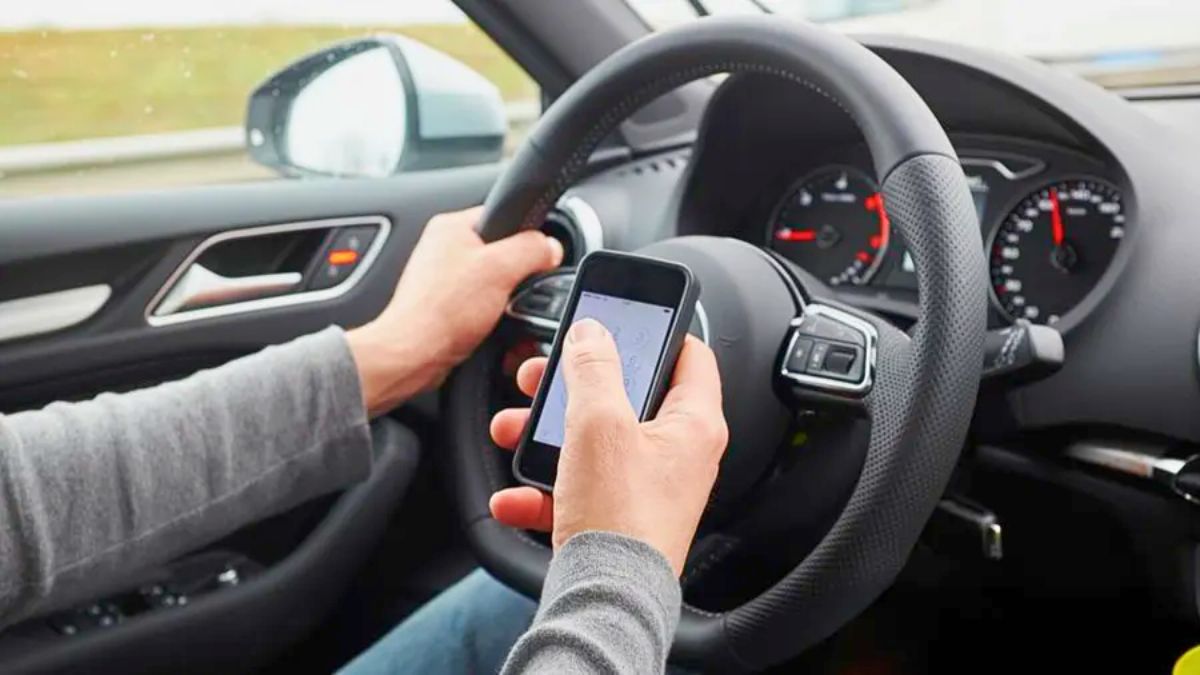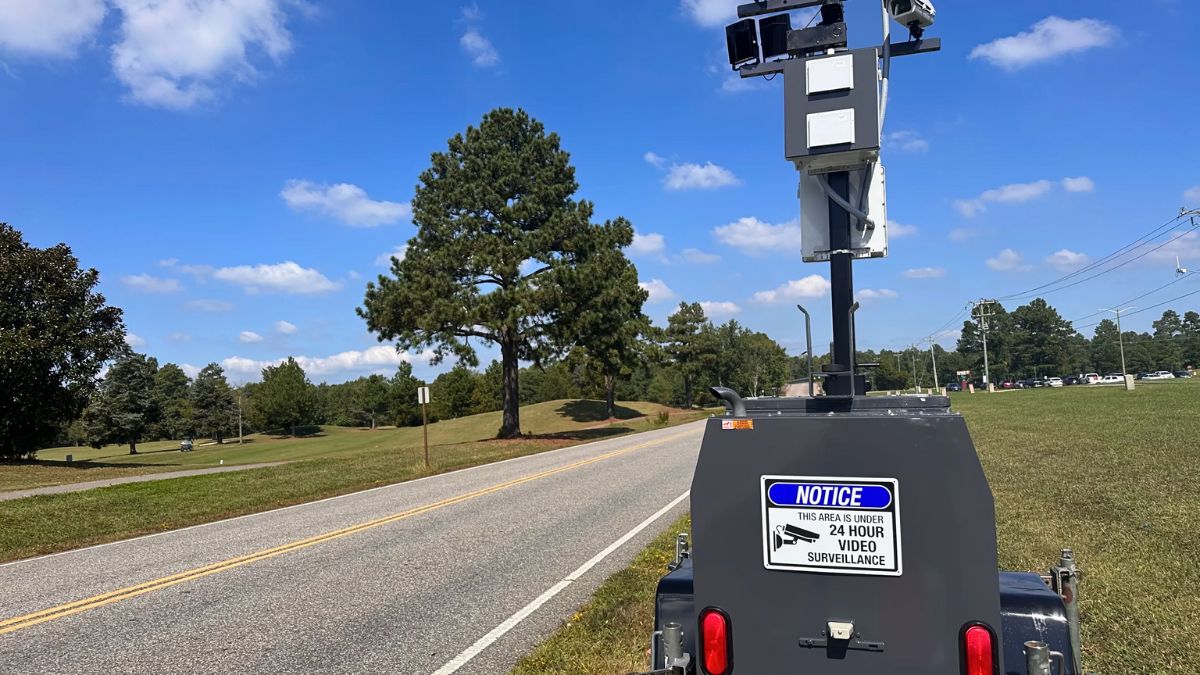Driving through Virginia and spot a huge pothole, downed tree, or debris on the highway? Don’t ignore it. Reporting road hazards isn’t just helpful—it could prevent accidents and even save lives. The good news? Virginia makes it pretty easy to alert the right people when roads get dangerous. Here’s everything you need to know about how to report a road hazard in VA.
Hazards
Let’s start with what actually counts as a road hazard. Not every bump or crack needs to be reported, but some things definitely do.
Here are common issues you should report:
- Large potholes or sinkholes
- Debris (like tree limbs, tires, furniture)
- Flooding or mudslides
- Fallen signs or traffic lights
- Missing guardrails or exposed drop-offs
- Animals hit or blocking traffic
- Large cracks or road washouts
- Snow or ice not treated in time
If something looks like it could damage your vehicle or cause a crash—it’s worth reporting.
Reporting
There are multiple ways to report a dangerous road hazard in Virginia, and it depends on the location of the issue. Here’s a breakdown:
For state-maintained roads (most highways and major routes):
- VDOT Customer Service Center: Call 1-800-FOR-ROAD (1-800-367-7623)
- Online form: my.vdot.virginia.gov
- VDOT Mobile App: Report with photos directly through your phone
This service is available 24/7. You can remain anonymous, but including your name and contact helps in case they need more info.
Local
If the hazard is on a city or county road not maintained by VDOT, you’ll need to contact local public works or the town’s non-emergency line. Cities like Richmond, Virginia Beach, and Fairfax have their own systems for reporting.
Here’s what to do:
- Check the city’s website
- Look for “report a concern” or “public works” section
- Use their contact form or phone number
If you’re unsure whether it’s a state or local road, go ahead and report it to VDOT—they’ll redirect it if needed.
Emergencies
Is the hazard an immediate danger—like a live wire down, a large animal in the road, or a tree across both lanes?
Call 911 right away. Emergency dispatchers will alert the right agency quickly. Don’t risk your own safety trying to fix or move the hazard yourself.
Tips
To help get the hazard fixed faster, give VDOT or local crews as much detail as possible:
- Exact location (road name, direction, nearest mile marker)
- Type of hazard
- Size or severity
- Time you saw it
- Photo if safe to take one
The clearer your report, the quicker they can respond.
Here’s a quick reference table:
| Report Method | Best For | Contact Info |
|---|---|---|
| VDOT Hotline | Highways, interstates | 1-800-367-7623 |
| VDOT Online | Non-emergency hazards | my.vdot.virginia.gov |
| Local City/County | Neighborhood, city streets | City website → Public Works |
| 911 | Life-threatening situations | Emergency use only |
Follow-up
You won’t always get a personal follow-up, but most hazards are addressed based on urgency. Major issues like sinkholes or signal outages usually get immediate attention. For lower-risk hazards like minor debris or worn pavement, it may take days or weeks, especially during weather events.
If you don’t see progress and the problem gets worse, don’t hesitate to follow up.
Road hazards might be unpredictable, but reporting them doesn’t have to be. Whether it’s a pothole the size of a pizza or a traffic light gone dark, taking two minutes to report it could help someone else avoid a serious accident—or a costly repair.
FAQs
What number do I call for road hazards?
Call 1-800-FOR-ROAD to report state road issues in Virginia.
Can I report hazards online in VA?
Yes, use my.vdot.virginia.gov to file a report online.
What if the hazard is in a city?
Contact your local city’s public works department or website.
Should I call 911 for road debris?
Only if the debris poses an immediate danger to drivers.
Is the VDOT app available for reporting?
Yes, the app lets you report road issues with photos.




